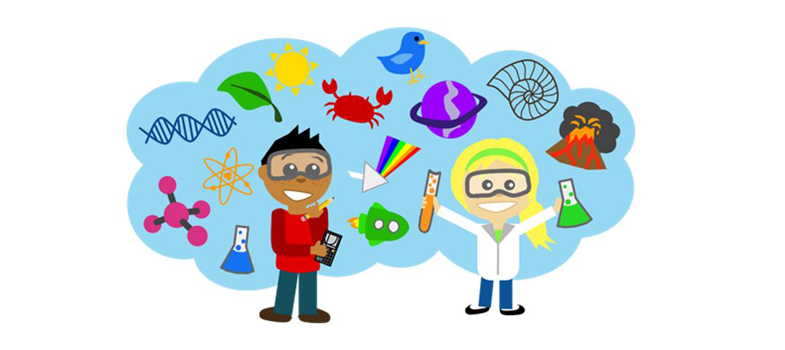2.1 Background
In the previous section, you explored the structural nature and harm of gender inequality and stereotyping, as well as the causes of female underrepresentation in STEM. You also had a chance to reflect on your own practice and classroom experience in relation to these ideas.
One of the concepts mentioned in the first section was unconscious bias:
“Casual reliance on stereotypes leads to unconscious bias in all areas of girls’ lives. If this is left unchallenged, girls and young women find their cultural straightjackets tightened and they are less likely to say ‘YES’ to STEM. Stereotypes and unconscious bias undermine real choice. We must start to take them seriously.
…the need to challenge pervasive unconscious biases and stereotypes is largely only ever given lip service – if that. Undermining cultural messages and social norms represent invisible roadblocks to the success of girls and women. Such barriers are invisible precisely because they are so deeply embedded.”
But what does ‘unconscious bias’ mean, and what can we do about it?
This section is about exploring the way the brain processes information and makes shortcuts in doing so. We need to devise strategies to interrupt that processing and to prevent it having a negative impact on our behaviour and our decisions. This relates to our behaviour and decisions in every part of our lives, both inside and outside of the classroom.
We are going to:
- Explore the brain’s processing short cuts.
- Become more aware of how that processing impacts on our behaviour and decision making in a school and classroom environment, for both pupils and teachers.
- And increase our awareness of strategies to manage those short cuts.
Introduction
